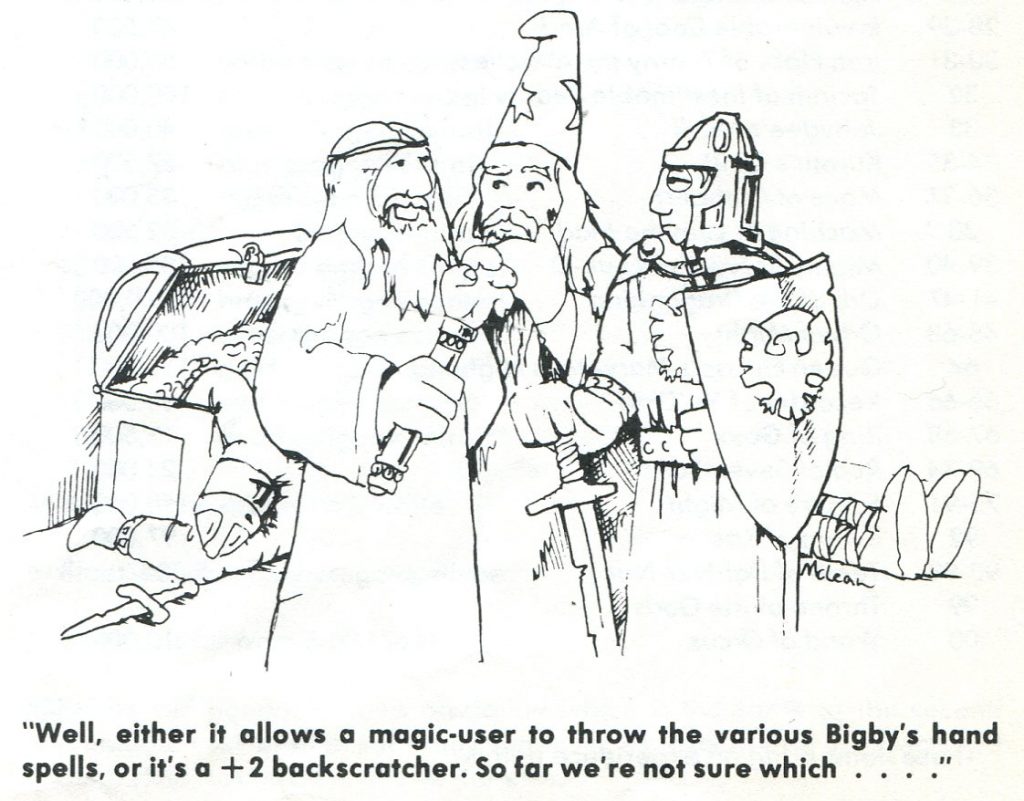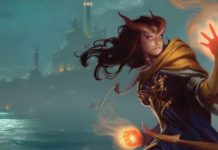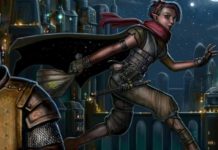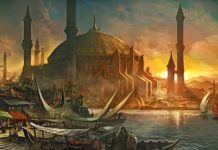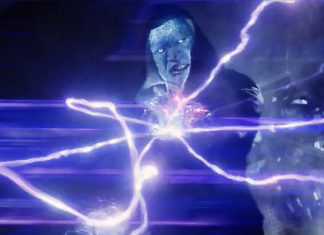As a kid growing up in the early 1980’s, I was exposed to a lot of newly produced entertainment in the fantasy genre:
- Conan The Barbarian : Arnold fights a giant rubber snake
- Clash Of The Titans : A robot owl has zany adventures in ancient Greece
- Sword And The Sorcerer : A guy uses a sword that shoots blades off of it to fight some guy that looks like the Devil
- Dragonslayer : Barely any dragon slaying
- Beastmaster : A cow gives birth to a human baby that can talk to animals
- HE-MAN And The Masters Of The Universe: Cool looking bad guys act stupidly
- Excalibur: The sexual misadventures of King Arthur’s family
There was one show however, a cartoon, which would help introduce me to a whole new world of experiences. This show was Dungeons & Dragons. The premise was about a group of kids who went on a dark amusement park ride, and were transported to a world of fantasy filled with monsters and adventure!
A guy, that looked like a cross between Orko and Don Rickles, called the “Dungeon Master” showed up and gave them jobs. These kids had become: a barbarian, a magician, a ranger, a thief, a cavalier and an acrobat.
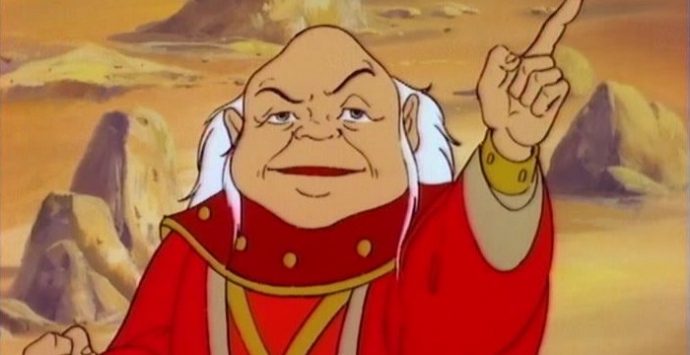
In every episode they had adventures in this medieval realm as they tried to find a way home. Also in every show, a five headed dragon named Tiamat would show up and try to kill these kids. Tiamat always failed, and the kids never made it home. If either of these had happened the show would be over.
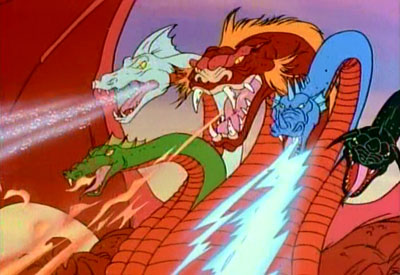
Red Box
Not long after, I noticed a red box with a barbarian fighting a huge, red dragon on the cover in a toy aisle at a local department store. On the cover it said: DUNGEONS & DRAGONS FANTASY ROLE PLAYING GAME. I liked the show and this looked about a million times better. I needed this game so I convinced my mother to get it for me. Needless to say I was excited!
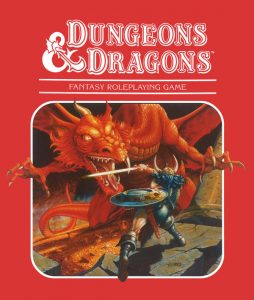
I got it home and inside it had a couple of books and a handful of dice that you had to color in the numbers with a white crayon and I think that was about it. The books went over the basic concepts of a role playing game, how to make a character, and an adventure.
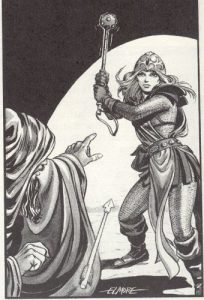
This adventure was the most memorable part of the product. Your character teams up with a pretty, young cleric named Aleena to take on Bargle, an evil Magic-User you would have to fight. During the course of the adventure, Aleena gets killed and you either kill Bargle or get enchanted and robbed by him. That was pretty much it but I loved it. It was great.
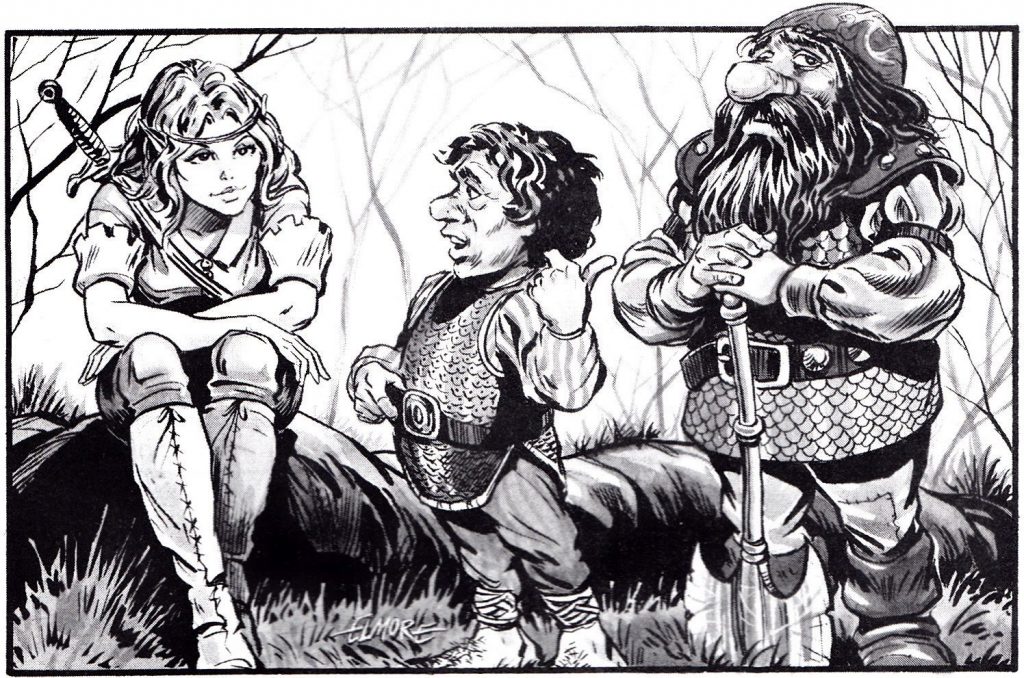
[amazon_link asins=’0880383380,B003WH7GAA,0786965592′ template=’ProductCarousel’ store=’filmgoblin-20′ 0880383380 marketplace=’US’ link_id=’d61fef6a-0226-11e8-9040-dddaa5a7dbc9′]
AD&D
Soon after, I learned about ADVANCED DUNGEONS & DRAGONS (AD&D), which was pretty much 3 core books: A Player’s Handbook, A Dungeon Master’s Guide and a Monster Manual. It wasn’t long before I had these too.

These game books were a lot more complicated and confusing than the red box, with less appealing artwork (Larry Elmore is a tough act to follow). The Player’s Handbook had all of the character creation information (including race and class info, equipment and spells) Everything EXCEPT for how to actually roll up a character in this expanded rules set that is. That was in the Dungeon Master’s Guide. These two books also contained a lot of crazy and confusing tables that covered what races and classes you could play (based on your rolled ability scores) and whether you hit something or not. The Monster Manual was my favorite of the three, as it was just pages of monsters you could fight.
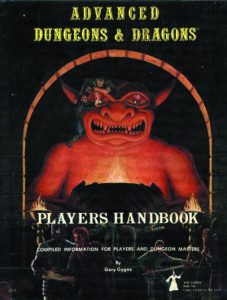
Despite the flaws in the game design system and the artwork, these books went out of their way to sell one thing and one thing only – fun! The artwork had a lot of jokes or humorous elements in them. The one that always sticks in my mind is the tap dancing Umber Hulk that illustrates the Otto’s Irresistible Dance spell. If there was one image that summed up first addition AD&D to me, that would be it.
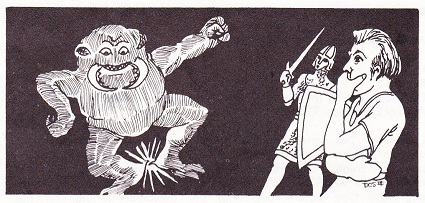
Another fun element was the dungeons themselves. Often, the dungeons you would hack your way through often wouldn’t make any logical sense (whether it was something you created or an official product). For example, you could have in sequential rooms: an owl bear, a vampire, a rust monster and a mind flayer. Why would these creatures all inhabit the basic living area? Who put them there? Why would a bear do that to an owl? Honestly it didn’t matter, and we didn’t care.
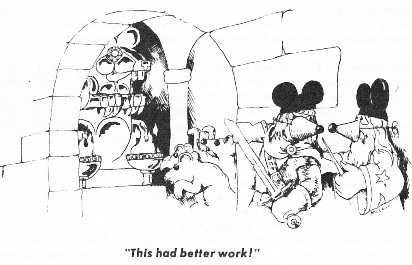
[amazon_link asins=’0935696016,0935696024,0935696008′ template=’ProductCarousel’ store=’filmgoblin-20′ marketplace=’US’ link_id=’92ce6505-0227-11e8-af26-6b1899ad4931′]
Conclusion
Despite its flaws, the first edition of Dungeons & Dragons products promoted fun and provided a lot of great memories to players everywhere. While I prefer later editions of the game, they could never hold the nostalgic joy that the original version of the game did for me and others.
